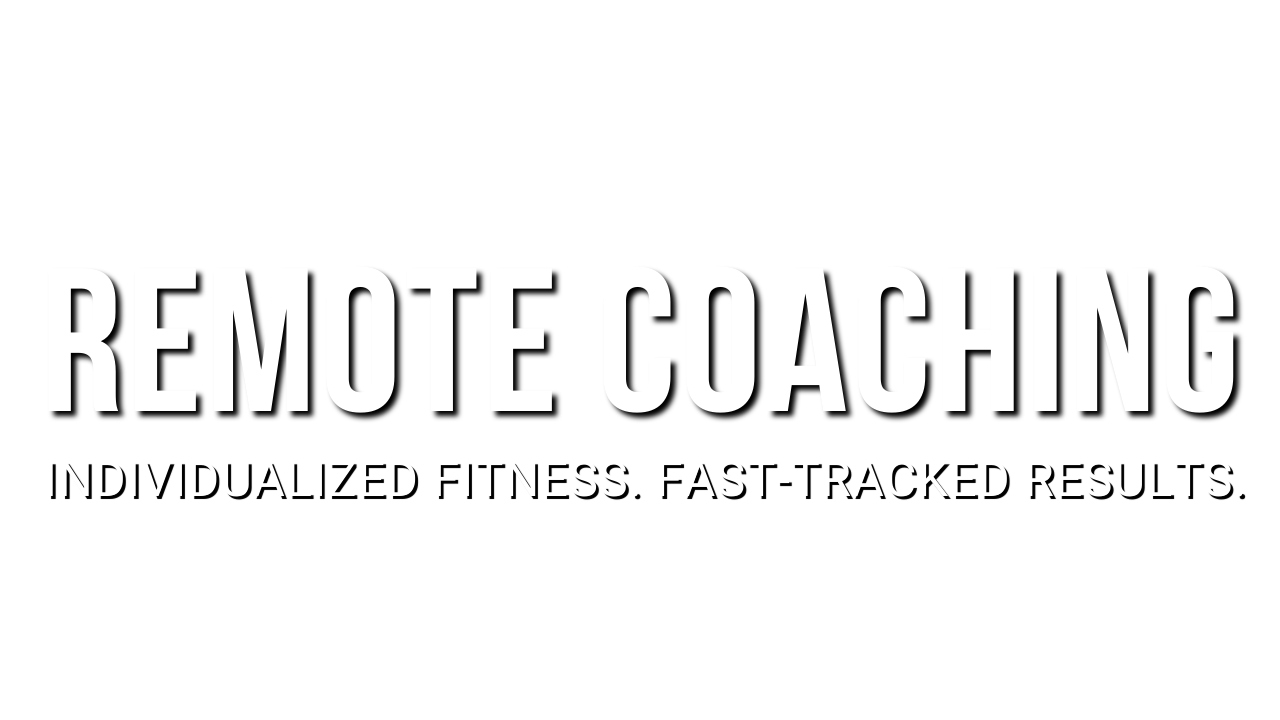Limitations in Cycle Speed Data
I tested each of these movement variations myself. I held myself to the most commonly enforced movement standards for each. I also watched film of various levels of athletes completing these movements in the Sport. This is a compilation of that data.
Sprint Variations: For the sprint variations, I did just that…sprinted. In other words, it was as fast as I could go, meeting the movement standards for a 5’7” male at my current fitness level. Obviously, a weak athlete won’t be able to reach these cycle speeds, while some athletes might very well be able to go faster than I did. This goes for both Weightlifting and Gymnastics movements. For the weighted movements, I used the lightest commonly tested weight in that movement (e.g. Thrusters 95lbs, Deadlifts 135lbs, etc.). For dumbbells, I used the standard 50lbs.
Hybrid Variations: Here I used techniques that encourage moderately fast cycle speeds, and I executed them at a smooth rate, that I felt intermediate to advanced athletes would be able to maintain for a workout with several rounds. Some movements (like Bar-Facing Burpees) have many different hybrid techniques that could be used. I picked the techniques that I have seen most commonly demonstrated by intermediate and advanced athletes.
Sustainable Variations: Here, I picked techniques with slower cycle speed that allow for greater endurance. For some exercises, this meant more methodical (yet still unbroken) movement. For other exercises, I did “quick singles.” Here there is likely the most room for error if using the times in the Cycle Speed spreadsheet to calculate your own paces. Realize that I worked to waste as little time as possible while doing singles without being frantic in my movement. Sustainable yet intentional.
Uses for the Cycle Speeds
- Using Cycle Speed to Determine Your Pacing
- Using Cycle Speed to Predict Elite Times / Scores
- Using Cycle Speed to Dial-In Your Training
#1: Using Cycle Speed to Determine Your Pacing
This is what I recommend for most athletes in most workout scenarios. You first use the spreadsheet and your own experience to get a really good idea about how long different elements of the workout will take you. Then, you put those elements together, accounting for local & systemic fatigue plus transitions to get your total time domain.
Here is what an athlete’s inner dialogue would sound like preparing for pacing a workout like 17.5 (10 Rounds: 9 Thrusters + 35 Double Unders).
“Knowing my current fitness level, I’ll pick the sustainable variant with Thrusters, which will take ~2.0s per rep. That means Thrusters will take me 18s each round, if I stay unbroken. I’ll pick a comfortable jump height on Double Unders, that’s the hybrid variation (0.56s per rep). That means each round, provided I don’t have any trips, should take around 20s. A ‘comfortable’ transition between both elements should be about 5-7 seconds, which will allow for 4-6 breaths based on fatigue. That puts me at approximately 50 seconds per round. If I hold that pace through the entire workout, that’s 8:20.”
Then ideally, the athlete can compare their thought process versus their coach and versus other athletes around their fitness level to cross check to see if their strategy makes sense.
If the athlete realizes that they won’t be able to maintain a variant (based on workout time domain or movement density), they might rework their strategy with a sustainable variant, or accounting for breaks. Maybe they choose to break the thrusters 5+4 with a 3-breath break, and then work to increase cycle speed on double unders to make up the lost time.
An athlete and coach can also work together to create a “Plan A” and a “Plan B” (see example) allowing the athlete to have some wiggle room in pacing based on feel.
Knowing movement cycle speeds allows an athlete and their coach to play with different variations of the workout without actually having to test them, which is extremely valuable, when retesting is limited (e.g. the Open) or impossible (e.g. Day of or Night before announcements for in-person events).
#2: Using Cycle Speed to Determine Elite Scores
Just like you can use cycle speeds to determine your own pacing strategy and possible time, you can do the same thing for elite athletes.
Look at workout time domain and movement density to get a rough idea of how fast the elites will be able to attack a workout.
Let’s take the same example as before: 17.5
Max cycle speed for Thrusters, for a short-limbed, strong athlete is about 1.3 seconds at the standard Online Qualifier workout weight 95/65lbs. That’s about 12s for thrusters each round. A very fast double under speed is ~0.46 seconds per rep, which is about 17s per round, never missing a rep. A optimized equipment setup will allow for 3-4 second transitions. That’s about 37s per round. Across 10 rounds, that’s just over 6 minutes. Mat Frazer completed 17.5 in 6:24.
#3: Using Cycle Speed to Dial-In Your Training
I think this is most easily explained through two different movement examples…
Bar-Facing Burpee Development
Say my goal is to be a Games level athlete. If I do 100 Bar-Facing Burpees in 5:37, that means I averaged 3.4 seconds per rep, using the hybrid method in the spreadsheet: the lunge-step, lateral jump technique.
Elite athletes in 20.1 (10 RFT: 8 Snatch 95/65lbs, 10 BFB) took just under 3.0 seconds per rep on average. Therefore, if I want to be elite in Bar-Facing Burpees, I need to improve my cycle speed by close to half a second per rep. Finding small ways to make up time each rep (like staying a little lower over the bar) can save fractions of a second, which over the course of many rep adds up to be a lot.
So now I can tailor my practice to the cycle speed needed to reach my goals (~3.0s / rep). A sample piece could look like this…
EMOM 16
1) 30s Row @1500 Cal/Hr
2) 12 Bar-Facing Burpees (must take between 35-37s to complete)
*focus on staying low over the bar during the jump
This ensures that you aren’t accumulating reps at a blindly prescribed intensity, or having no intensity / target at all. The work is tailored to the goal. This way you aren’t just getting practice in a movement, you are getting practice in the exact variation of that movement that you will need to have polished on your “game day.”
Oh, and the rest of that EMOM is also tailored to the goal. The average Open workout is 16 minutes, Sanctional level male athletes need to sustain 1500 Cals/Hr+ in MetCons, and the functional volume for Bar-Facing Burpees is about 100 reps (example has 96). Obviously, the athlete’s current ability has to be taken into account, but you get the idea.
Handstand Walk Development
Most coaches and athletes test Handstand Walks in unfatigued settings. For example, Max unbroken Handstand Walk for distance. Were they able to do a “good” amount unbroken? If yes, then okay, we’re done. No further testing needed.
However, I’ve seen plenty of athletes who are proficient in a singular test underperform on workouts that involve that movement in a different structure. Open workout 18.4/20.3 is a perfect example of this.
The real question is… can the athlete Handstand Walk at the speed required of them when respiration, systemic fatigue and blood flow redirection demands are high?
This is where Cycle Speed data comes in. We know the average Games can maintain a Handstand Walk hybrid variation with relative ease at 8.5 seconds per 25ft section in MetCons. So we can construct fitness tests (and workouts) that resemble these demands.
A better test might be something like this…
Handstand Walk Test
-Row 500m @2k Time Trial Pace
(Rest / Transition 15s) Start the Stopwatch / Clock…
-Every 30s, until Failure: 25’ HSW in 9s or less
*2020 Open Standard, kick up with hands behind line
[If 8 Rounds are reached, rest 5:00 and repeat @ 1k Time Trial Pace]
*note number of successful sets


